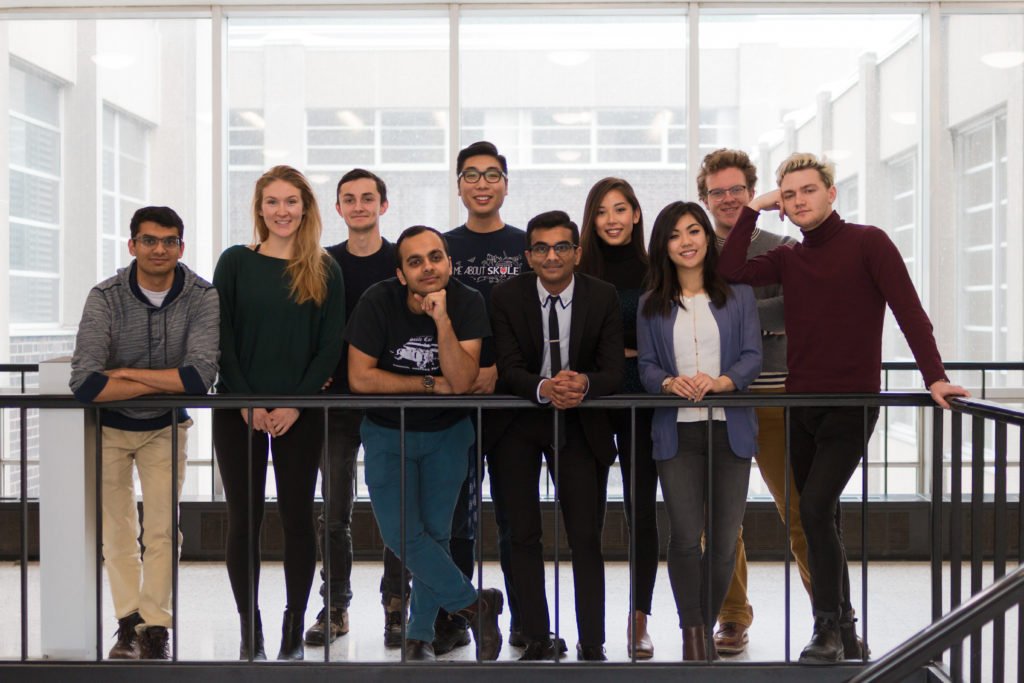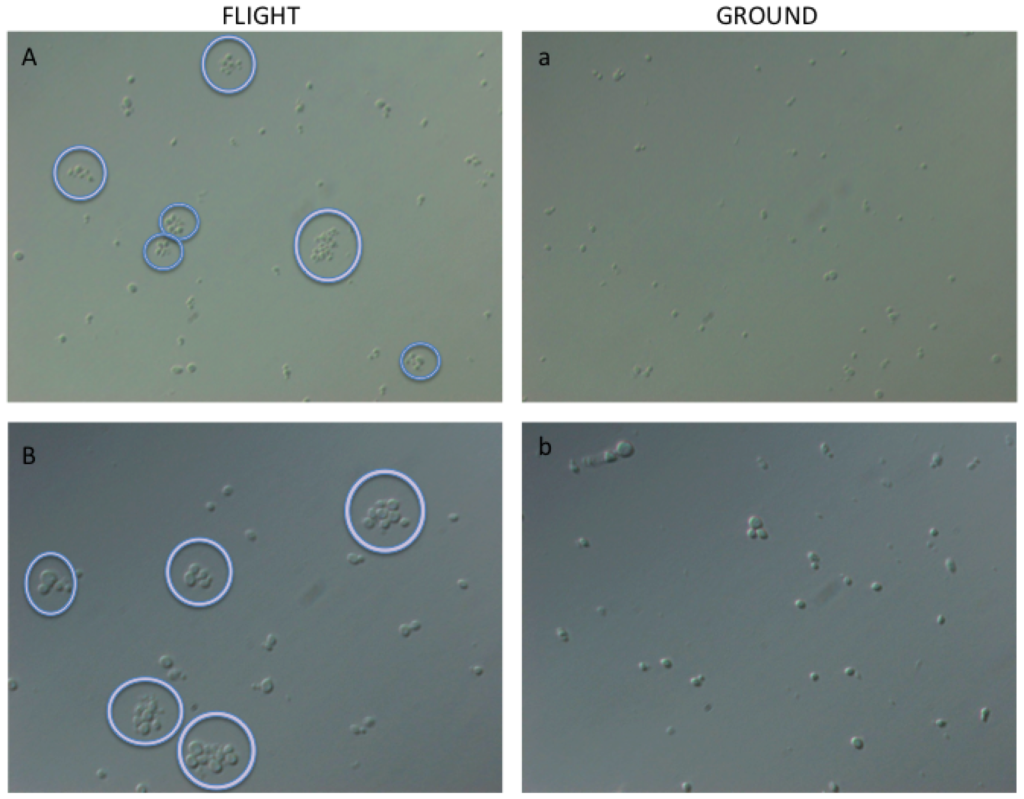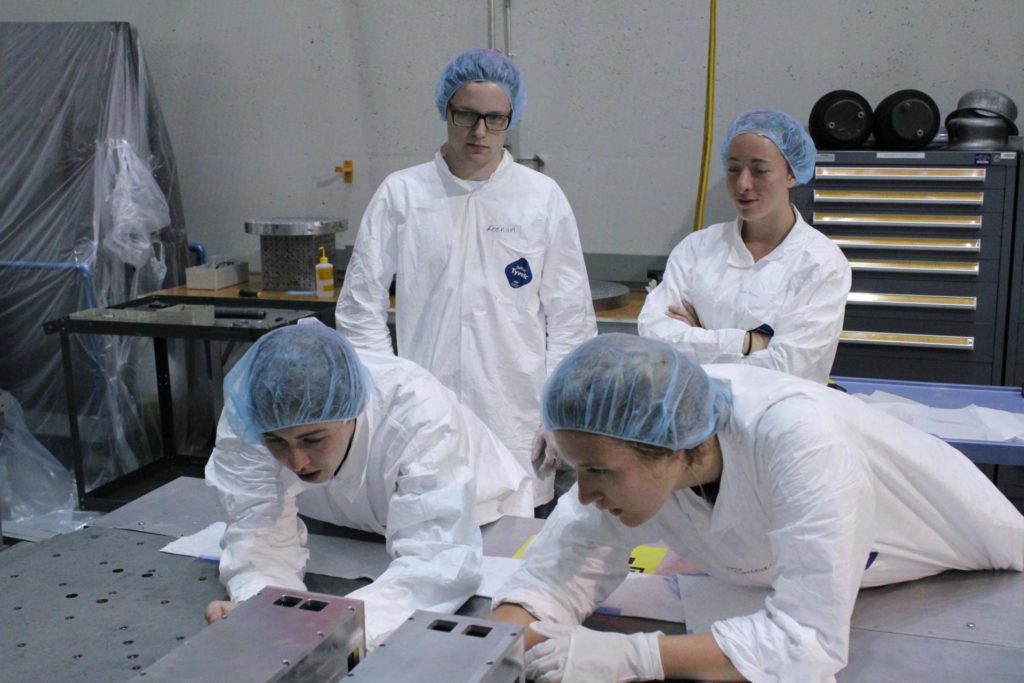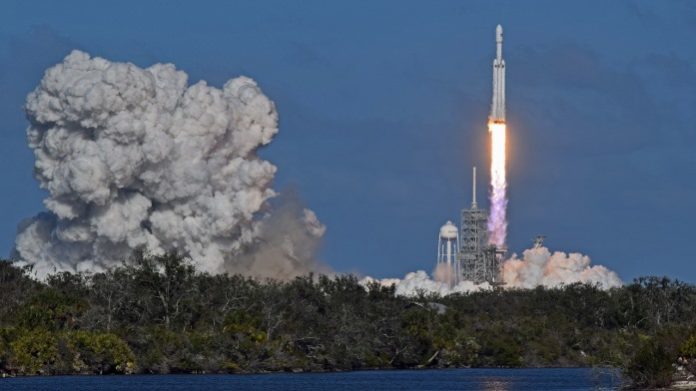The recent SpaceX Falcon Heavy launch sparked a vision of humans on Mars in the very near future, but a major remaining unknown is how to ensure astronaut health over long-duration missions. A lack of innovative methods to investigate the effects of long-term spaceflight on astronaut health has plagued space medicine for decades. One student team from the University of Toronto wants to change this.
Funded with the support of almost 40,000 undergraduates, the University of Toronto Aerospace Team Space Systems (UTAT-SS) division has signed a contract to launch their miniature satellite, or CubeSat, HERON Mk II, in 2019. This satellite contains a microbiological experimentation platform where the effects of space are assessed on Candida albicans, a fungus often found in the human gut.

In the past, studies involving microbiology were performed by astronauts on the International Space Station (ISS). As astronaut health is paramount, organisms above a Biosafety Level 2 (BSL2) are not permitted onboard, leaving a significant number of potentially harmful species understudied. (Biosafety Levels are standard guides for scientists that outline the risk to human health, ranging from 1-4, where 4 includes microbes like the Marburg and Ebola viruses.)
Not only will HERON Mk II change the way biological studies are performed in space, but it also ushers in a new age of alternative, crowd-sourced funding for Canadian amateur projects (they raised over $400,000!). The ultimate goal is to make all HERON Mk II designs open source, enabling students and scientists worldwide to launch their own space biology experiments without the development time and cost. The easier it is to perform experiments, the better informed we can be before sending astronauts to far-off destinations.
NASA Twins Study confirmed worsening astronaut health over time
Physicians have long suspected that traveling in space for long periods would have adverse effects on the human body, but the 2017 Twins Study provided significant proof. In the study, NASA astronaut Scott Kelly and his twin brother (who remained on Earth) were assessed for genetic differences and health response during Scott Kelly’s year on the ISS. Preliminary results (more to come this year) showed notable differences in gut microbiology, immune response, blood clotting, bone formation and others, inviting more research to investigate particular species that may negatively impact long-term astronaut health.
This is where satellites come in handy. But where past studies have been high-cost, typically involving sealed containers which must be returned to Earth to be analyzed, date from the HERON Mk II is sent back to Earth in real time – an as yet untapped method of experimental data sharing.
C. albicans as species of interest
The premise for HERON Mk II was inspired by a study from scientist Aurelie Crabbe and her colleagues, where Candida albicans, a fungi inherent to the human gut, was first analyzed for behavioural changes in microgravity. Victor Nechita, Project Manager for UTAT-SS, explains that the team is motivated by this study because it proved C. albicans “under particular conditions can become opportunistic, meaning that it can take advantage of its host and begin to attack it. Having a platform to test this behaviour is critical before we send astronauts to Mars.”

Avinash Mukkala, payload biology lead for UTAT-SS, explains how previous studies have illuminated three major points of recent discovery: “Some genes get over-expressed as a likely response to environmental stress; astronauts do in fact become physiologically, neurologically and immunologically impaired after long term spaceflight; and some drugs become less efficient at clearing infections.”
With this in mind, UTAT-SS has come up with an experiment that explores the gene expression and drug resistance of C. albicans during microgravity exposure.

The HERON Mk II engineering project bridges the innovative fields of genetic testing, microfluidics, and nanosatellite development with crowd-funding, scientific communication and marketing – inspiring other student teams to follow suit. Not only has there been growth in undergraduate satellite student teams – there are over 14 teams nationwide – but the Canadian aerospace industry has recently seen the launch of several future-thinking groups like nanosatellite company Kepler Communications (formed by alumni of UTAT-SS) and Nova Scotia-based Maritime Launch Services.
Among all the challenges for current and future engineers, a major potential for transformation lies in supporting Canadian industry and teams like UTAT-SS. Student teams bring energy and fresh ideas to the Canadian aerospace landscape, pushing the boundaries of the final frontier, with HERON Mk II as a lading example. Nechita is confident that what makes UTAT-SS special is “coming together as a student team to build something that most people don’t think we can.”








































